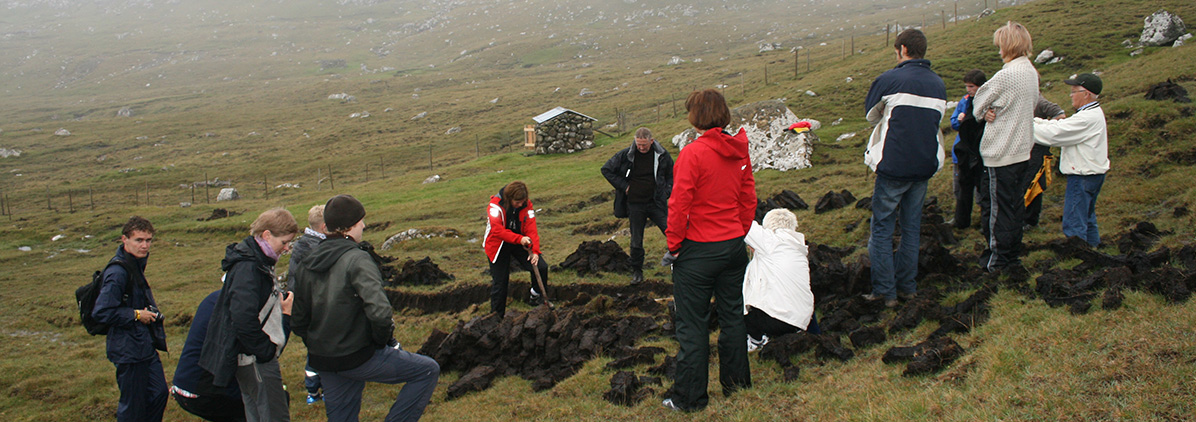The UN Agenda 2030 programme and its 17 Sustainable Development Goals constitute a global, comprehensive package heading for a holistic sustainability transformation. However, the global scale makes it clear that the SDGs are not achievable by anyone alone, nor is it expected. Still, the goals can be approached both on a large and small scale.
At the end of 2022, through collaboration with LIVIND project partners, support was announced for various local-level actors for pilot projects. The allocated amounts were rather modest varying from 1000 euros to 5400 euros, but a total of 20 experiments were supported, spread across all countries and areas involved in the project.
